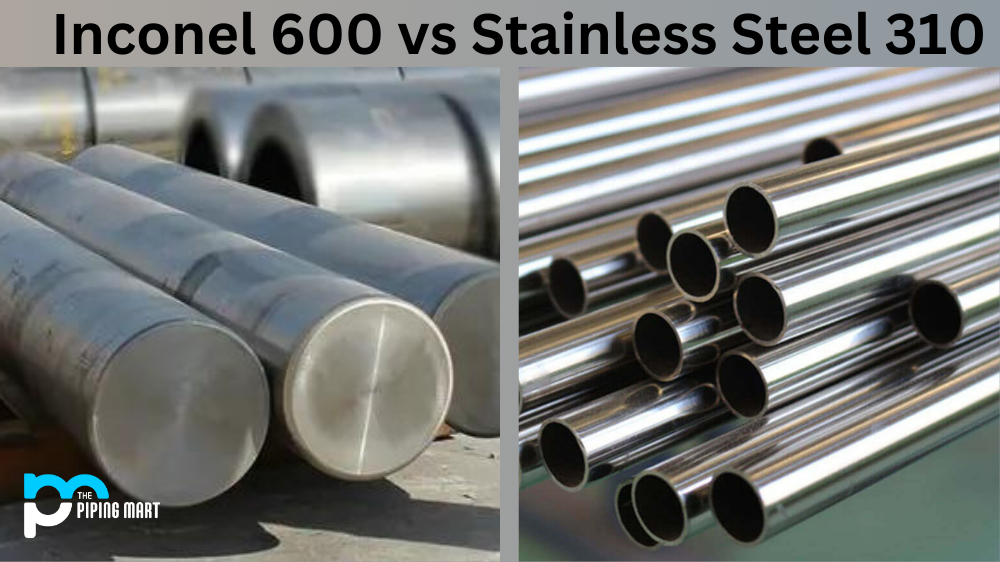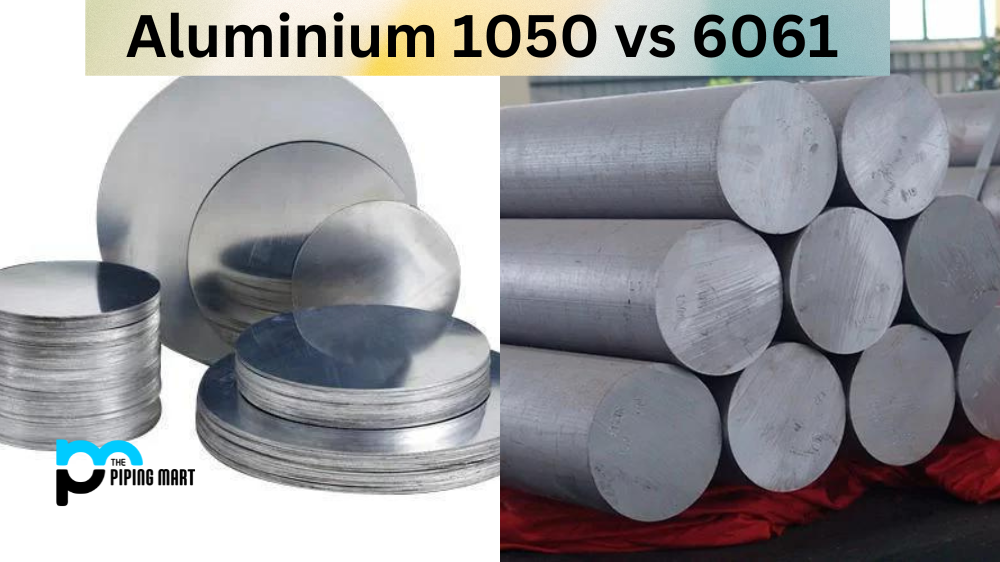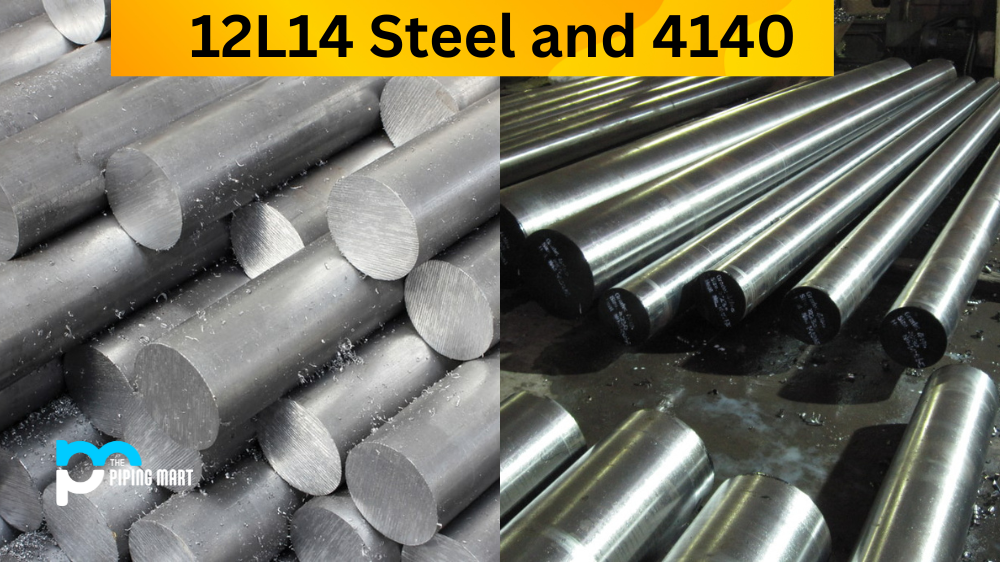Many factors must be considered when choosing a suitable metal for a particular application. Among the most important considerations are strength, durability, and corrosion resistance. Inconel 600 and Stainless Steel 310 are two popular options for applications with high-temperature and corrosive environments. Both metals are widely used in various industries, but what sets them apart? This blog post will examine the differences between Inconel 600 and Stainless Steel 310 and help you choose the best option for your needs.
Difference Between Inconel 600 and Stainless Steel 310
Composition and Properties
Inconel 600 is a nickel-chromium alloy highly resistant to corrosion and oxidation. It can withstand high-temperature environments up to 2000°F. The alloy also retains its strength at extreme temperatures, making it ideal for aerospace and marine applications. Compared to Inconel 600, Stainless Steel 310 contains more chromium and nickel, making it excellent for high-temperature applications. It also has good resistance to corrosion and oxidation and can withstand temperatures up to 2100°F.
Mechanical Properties
Inconel 600 exhibits excellent mechanical properties, including high-temperature strength and resistance to stress corrosion cracking. It is also highly resistant to thermal fatigue, making it ideal for heat exchangers, furnace muffles, and other high-temperature applications. On the other hand, Stainless Steel 310 has excellent toughness and strength at elevated temperatures. This makes it ideal for applications requiring high strength and thermal shock resistance.
Corrosion Resistance
Inconel 600 offers excellent resistance to corrosion by a range of acids, alkalis, and other corrosive media. It is highly resistant to pitting and crevice corrosion, making it suitable for marine use. Stainless Steel 310 also has good corrosion resistance, particularly to acidic environments. It can withstand exposure to sulfuric acid and other strong acids, making it ideal for applications in the chemical and petrochemical industries.
Price and Availability
The cost of Inconel 600 is typically higher than Stainless Steel 310. This is due to the higher nickel and chromium content, which contributes to its superior corrosion resistance and mechanical properties. In general, Inconel 600 is more expensive to manufacture and more difficult to machine than Stainless Steel 310. However, both metals are widely available in various forms, including plates, round bars, and pipes.
Applications
Inconel 600 is widely used in the aerospace, chemical processing, and marine industries. It is also used in heat exchangers, furnace components, and gas turbine parts. Stainless Steel 310 is commonly used in the chemical, petrochemical, and pharmaceutical industries. It is also used in high-temperature furnace applications, heat treatment equipment, and other high-temperature processes.
Other Differences
- Inconel 600 is an alloy made up of nickel, chromium and iron. It is a non-magnetic and non-rusting material known for its high strength and resistance to corrosion.
- Stainless steel 310 is an alloy of chromium, nickel and iron. It is a non-magnetic and non-rusting material known for its high resistance to corrosion and heat.
- Inconel 600 has a higher melting point than stainless steel 310, making it ideal for applications with high temperatures.
- Stainless steel 310 has a lower thermal expansion than Inconel 600, making it ideal for applications where precision is a concern.
- Inconel 600 is more expensive than stainless steel 310 due to its higher nickel content.
- The stainless steel 310 is more widely available than Inconel 600 due to its lower cost.
- Inconel 600 is typically used in high-temperature applications such as aircraft engines and industrial furnaces. In contrast, stainless steel 310 is used in food processing and medical equipment due to its corrosion resistance.
- Inconel 600 and stainless steel 310 are non-toxic and safe for food contact applications.
Conclusion
In conclusion, Inconel 600 and Stainless Steel 310 are excellent options for high-temperature and corrosive environments. When choosing between the two, it’s essential to consider the specific requirements of your application, such as mechanical properties, corrosion resistance, and price. Inconel 600 is more expensive but offers superior corrosion resistance and high-temperature strength. At the same time, Stainless Steel 310 is a more cost-effective option with excellent high-temperature strength and good corrosion resistance. Choosing the suitable metal will ultimately depend on various factors, including the specific application, budget, availability, and personal preference.

Abhishek is a seasoned blogger and industry expert, sharing his insights and knowledge on various topics. With his research, Abhishek offers valuable insights and tips for professionals and enthusiasts. Follow him for expert advice on the latest trends and developments in the metal industry.




